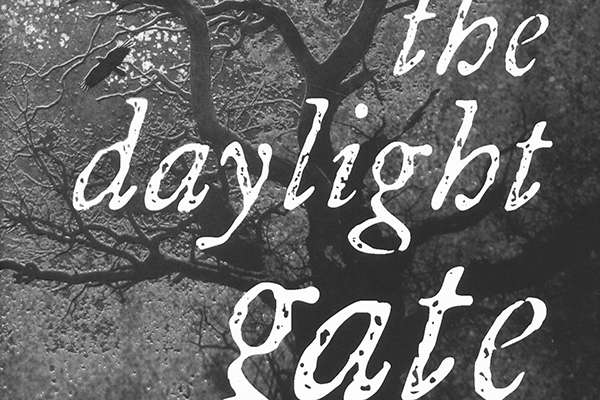The Daylight Gate by Jeanette Winterson
Book Review
The Daylight Gate is a product of the recent resurrection of Hammer Horror, the production company made famous by its Gothic horror films released in the 50s, 60s and 70s. Known for films like The Curse of Frankenstein (1957) and Dracula (1958) as well as its penchant for helpless virgins, swamps of gelatinous-looking blood and ear-splitting screams, Hammer isn’t exactly what you would describe as literary, but in 2011 the company launched a publishing imprint in conjunction with Random House. Surprisingly, the books that have come out of this union are not the flimsy, embossed paperbacks you might expect. As well as publishing novelisations of its classic films, Hammer Books has recruited well-respected authors to write a series of novellas under the Hammer brand, with The Daylight Gate being one of the first of these to emerge.
As Winterson notes in her introduction, the story she tells “follows the historical account of the witch trials and the religious background – but with necessary speculations and inventions.” These include a cameo by an “owlish” Shakespeare, the sale of souls to the Devil and a bewitched head, glowing green and speaking in riddles. In this book magic is not there to speculate about, it’s a given. There is no fooling around with an “unreliable narrator,” so often a feature of literary ghost stories; instead Winterson makes sure that the paranormal is a refreshingly indisputable part of the book.
Written in terse, blunt sentences, the book unblinkingly portrays the squalid reality of life in Jacobean Britain. Disease, disfigurement, neglect, rape, illness, torture and decay riddle the book but are never glorified nor vilified, instead being simply presented as the reality of the characters. One of the main sources of information about the Pendle witch trials is The Wonderfull Discoverie of Witches in the Countie of Lancaster (1613), an account written by Thomas Potts, a court clerk – and here an amusingly pompous character – which Winterson nods to with her tight use of a linear, reportage-style of prose.
The novella centres on the character of Alice Nutter and her curious entanglement with the local witches. Nutter is somewhat of an anomaly for her time. She rides astride horses instead of side-saddle, enjoys falconry and dresses in rich, magenta robes. Single, strangely ageless and in charge of her own fortune she is naturally viewed with suspicion by the local men. And her past is equally as peculiar, including a partnership with the alchemist John Dee, a relationship with a Catholic fugitive and a deep, romantic bond with a woman called Elizabeth Southern, whose chase after riches and excess concluded with the sale of her soul to the Devil. Nutter’s inexplicable protection of the shabby, ravaged women – the pitiable witches of the story – brings this dark history of hers into the foreground, ultimately implicating her in charges of sorcery and Devil-worship.
The book is visceral, disturbing and as evocative as the clatter of a crow alighting in a tree or the shriek of rusty hinges. But reading it, I couldn’t help but feel as though there was simply too much there. Winterson does an admirable job of cramming Shakespeare, the Gunpowder Plot, Britain’s most notorious witch trial, alchemy and deals with the Devil into a book that wraps everything up at under 200 pages but it means the characters are nearly always at arm’s length, and the dialogue is occasionally bland. This is a book to read for its well-realised Gothic sensibility rather than for a character study. And I suppose Winterson is just continuing what Hammer does best: startling her audience with a depraved, surreal encounter, rendered in vivid colours, and then quietly letting the curtains close.



